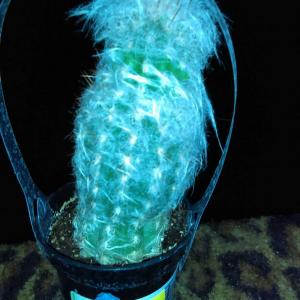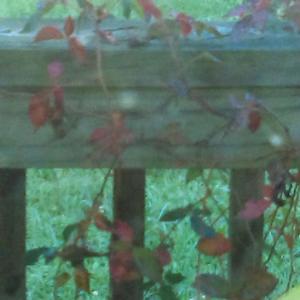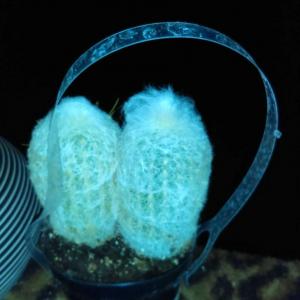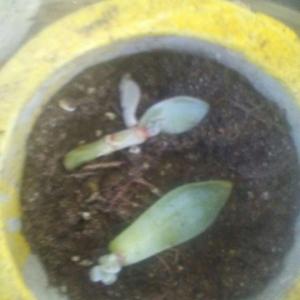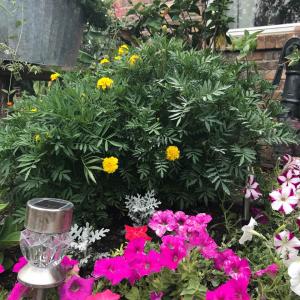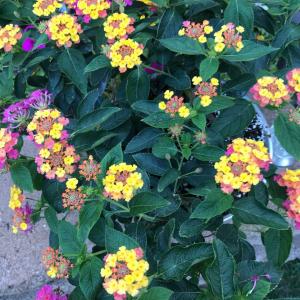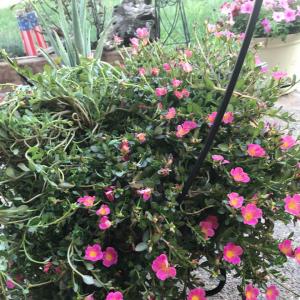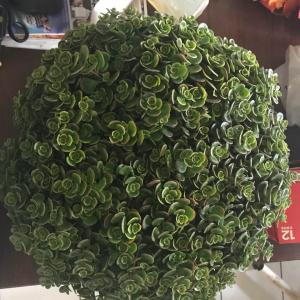成长记
meriunkat
2017年09月19日

I new added a "ID needed" in my "garden"


1
0
meriunkat:@Tlhoward120 awesome thanks!😆
Tlhoward120:Hey! I'm trying to propagate a succulent that looks just like this! I'll send you a picture of it tomorrow, maybe that will help ID it
文章
Dummer. ゛☀
2017年09月19日

Yet another wildflower favorite and must have for the garden is the Tradescantia (Spiderwort) plant. These interesting flowers not only offer something different to the landscape but are extremely easy to grow and care for.
So how did such a lovely plant get such an unusual common name? While no one may know for certain, some people think the plant was named for the way its flowers hang down like spiders. Others believe it comes from its medicinal properties, as it was once used to treat spider bites. At any rate, it’s well worth having in the garden.
The three-petaled Tradescantia flowers are usually blue to purple, but may also be pink, white or red. They only remain open for a day (blooming in morning hours and closing at night), but the multiple flowers will continually bloom for up to four to six weeks in summer. The plant’s foliage consists of arching grass-like leaves that will grow about a foot or two in height, depending on the variety.
Since Tradescantia plants grow in clumps, they’re great for use in borders, edging, woodland gardens and even containers. You can even grow it as an indoor plant if garden space is limited.
Growing Conditions
Growing Tradescantia is easy and you’ll find the plants to be quite resilient. They’re hardy in USDA plant hardiness zones 4-9 and will tolerate more than what one would expect. Tradescantia typically grow in moist, well-drained and acidic (pH 5 to 6) soil, though I have found the plants to be quite forgiving in the garden and tolerant of many soil conditions. Tradescantia plants do best in partial shade but will do equally well in sunny areas as long as the soil is kept moist.
Propagation
Tradescantia can be grown from purchased plants or propagated through division, cuttings or seed. Plant them in spring about 4 to 6 inches (10 to 15 cm) deep and 8 to 12 inches (20 to 30 cm) apart. Stem cuttings in summer or fall will easily root in soil. Seeds can be sown outdoors in either fall or early spring and should be lightly covered.
If starting Tradescantia seeds indoors, do so about eight weeks prior to transplanting outside. It should take anywhere from 10 days to six weeks for germination to occur. Hardened seedlings can be transplanted outdoors about a week after the last spring frost.
Tradescantia as an Indoor Plant
You can grow Tradescantia indoors too as long as suitable conditions are given. Provide the plant with either a soilless mix or loam-based potting compost and keep it in bright filtered light. You should also pinch out the growing tips to encourage bushier growth.
Allow it to spend warm spring and summers days outdoors, if feasible. During its active growth, water moderately and apply a balanced liquid fertilizer every four weeks. Water sparingly in winter.
Grower’s Tips
These plants like to be kept fairly moist, so water regularly, especially if you’re growing them in containers. Cutting the plants back once flowering has ceased can often promote a second bloom and will help prevent re-seeding. Cut the stems back about 8 to 12 inches (20 to 30 cm) from the ground.
Since Tradescantia is a vigorous grower, it’s probably a good idea to divide the plants in spring every three years or so.

So how did such a lovely plant get such an unusual common name? While no one may know for certain, some people think the plant was named for the way its flowers hang down like spiders. Others believe it comes from its medicinal properties, as it was once used to treat spider bites. At any rate, it’s well worth having in the garden.

The three-petaled Tradescantia flowers are usually blue to purple, but may also be pink, white or red. They only remain open for a day (blooming in morning hours and closing at night), but the multiple flowers will continually bloom for up to four to six weeks in summer. The plant’s foliage consists of arching grass-like leaves that will grow about a foot or two in height, depending on the variety.
Since Tradescantia plants grow in clumps, they’re great for use in borders, edging, woodland gardens and even containers. You can even grow it as an indoor plant if garden space is limited.

Growing Conditions
Growing Tradescantia is easy and you’ll find the plants to be quite resilient. They’re hardy in USDA plant hardiness zones 4-9 and will tolerate more than what one would expect. Tradescantia typically grow in moist, well-drained and acidic (pH 5 to 6) soil, though I have found the plants to be quite forgiving in the garden and tolerant of many soil conditions. Tradescantia plants do best in partial shade but will do equally well in sunny areas as long as the soil is kept moist.

Propagation
Tradescantia can be grown from purchased plants or propagated through division, cuttings or seed. Plant them in spring about 4 to 6 inches (10 to 15 cm) deep and 8 to 12 inches (20 to 30 cm) apart. Stem cuttings in summer or fall will easily root in soil. Seeds can be sown outdoors in either fall or early spring and should be lightly covered.
If starting Tradescantia seeds indoors, do so about eight weeks prior to transplanting outside. It should take anywhere from 10 days to six weeks for germination to occur. Hardened seedlings can be transplanted outdoors about a week after the last spring frost.

Tradescantia as an Indoor Plant
You can grow Tradescantia indoors too as long as suitable conditions are given. Provide the plant with either a soilless mix or loam-based potting compost and keep it in bright filtered light. You should also pinch out the growing tips to encourage bushier growth.
Allow it to spend warm spring and summers days outdoors, if feasible. During its active growth, water moderately and apply a balanced liquid fertilizer every four weeks. Water sparingly in winter.

Grower’s Tips
These plants like to be kept fairly moist, so water regularly, especially if you’re growing them in containers. Cutting the plants back once flowering has ceased can often promote a second bloom and will help prevent re-seeding. Cut the stems back about 8 to 12 inches (20 to 30 cm) from the ground.
Since Tradescantia is a vigorous grower, it’s probably a good idea to divide the plants in spring every three years or so.
0
1



